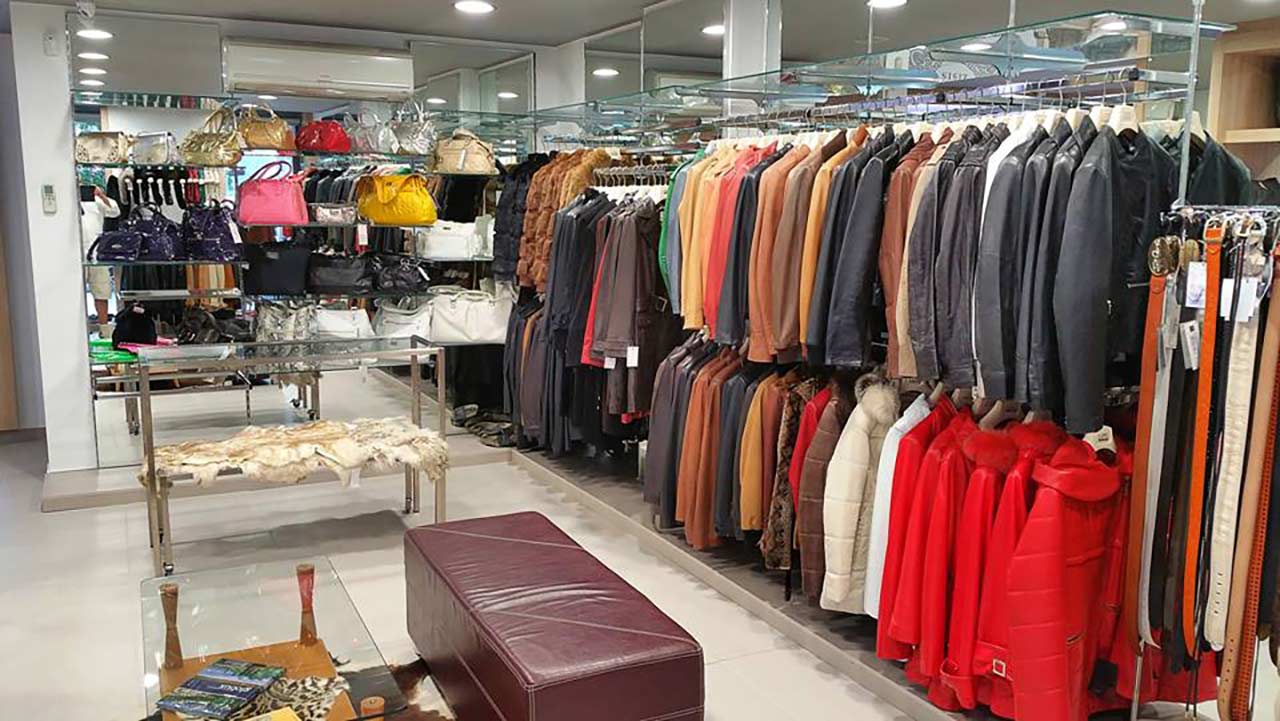1. Buy your leather from a reputable store. Usually the stores or sites with exclusively leather clothes, are more specialized and experienced with the skin.
2. Check as much as possible the quality, the seam and the smell of the leather garment.
3. Ask about the "after sales service" feature.
4. Napa (the well-known smooth skin), is cleansed on laminated skins with a damp cloth or a facial cleansing lotion. For natural skins (without plastic coating) that are more common in recent years (they are nicer but they also have most problems) when they have some local dirt, use a facial cleansing lotion or go to the store where you got it.
5. Suede (castor) and nubuk so that the collar does not get dirty from sweat and body fat, it is good to have an extra small collar or to wear a neck scarf. Also when the suede or nubuk gets dirty you can clean it with a soft brush or a piece of crepe or an eraser.
6. Always store clothes in a cool and ventilated place (not in light or sun) and not in a plastic bag or wrapper.
7. Avoid getting your leather wet. But if it gets wet, let it air dry on its own. Do not place it too close to a fire or other heat source. Avoid ironing at home by any method.
8. Leather clothes when we clean or dye them do not return to their original state, so the cleaning or dyeing process should be done in moderation, as sparsely as possible, usually with the advice of the store where you bought it and always in a specialized laundry in leather clothes. It is good to clean and dye the leather clothes at the end of the winter season.
9. Any minor problems (tearing, buttons, zippers, lining, etc.) are corrected by the store where you bought it, free of charge or at a very low cost. Never use glue (UHU type) to stick a tear.
My Account |  24670 22700 & 6977 624909
24670 22700 & 6977 624909
-
0
Loading cart contents...

